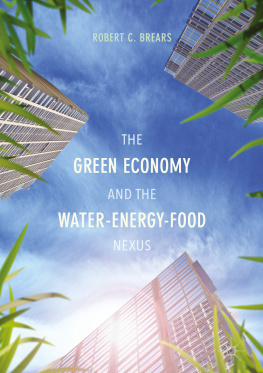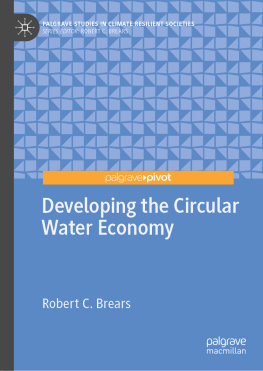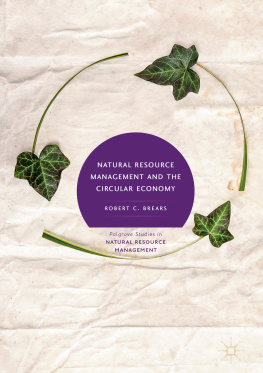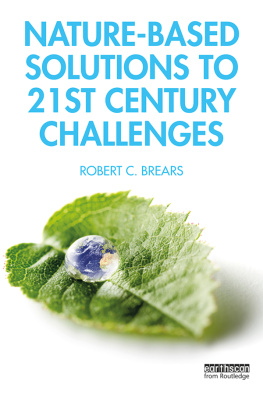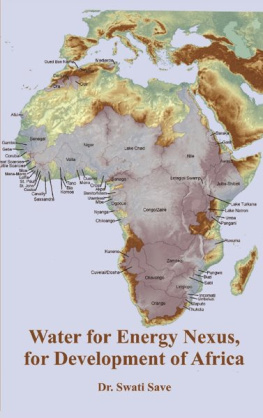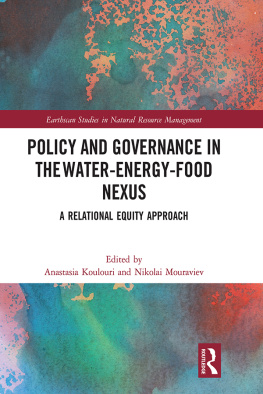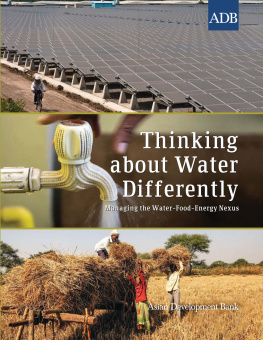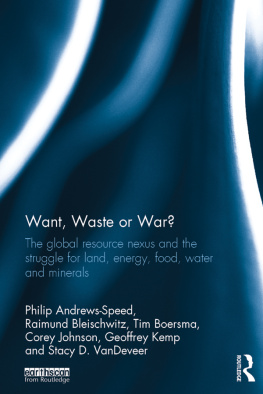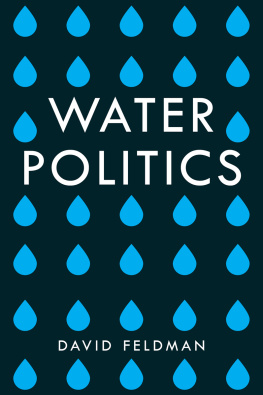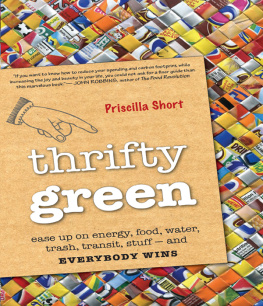Introduction
Economic growth typically refers to an increase in the level of goods and services produced by an economy, as estimated by measures including gross domestic product (GDP). It involves the combination of different types of capital to produce goods and services including produced capital, such as machinery; human capital, such as knowledge and skills; natural capital, such as raw materials; and social capital, including institutions. While economic growth has produced many benefits including raising living standards and improving quality of life around the world, it has also resulted in the depletion of natural resources and degradation of ecosystems. As such, there has been much debate on whether or not it is possible to achieve economic growth without unsustainably degrading the environment.
1.1 Challenges to the Global Economy
The key challenges to the global economy include a variety of issues including population and economic growth, rapid urbanisation, environmental degradation, and climate change.
Population Growth
The worlds population is projected to increase by more than one billion people within the next 15 years, reaching 8.5 billion in 2030 and to increase up to 9.7 billion in 2050 and 11.2 billion by 2100. More than half of that population growth is expected to occur in Africa, while Asia will add 0.9 billion people between 2015 and 2050. At the country level, half of the worlds population growth is expected to occur in just nine countries: India, Nigeria, Pakistan, Democratic Republic of Congo, Ethiopia, Tanzania, the United States, Indonesia, and Uganda.
Rapid Urbanisation
In 2014, 54 percent of the worlds population resided in urban areas, compared to 30 percent in 1950. This is projected to rise to 66 percent by 2050. Currently, the most urbanised regions of the world are North America (82 percent), Latin America and Caribbean (80 percent), and Europe (73 percent). In comparison, Africa and Asia are mainly rural with 40 and 48 percent of their populations urban respectively; however, these two regions are urbanising faster than any other region: by 2050, 56 percent of Africas population will be urban while in Asia 64 percent will be living in urban areas. In terms of population size, increasing population growth and urbanisation are combined expected to add 2.5 billion people to the worlds urban population by 2050, with nearly 90 percent of this increase expected to be in Africa and Asia. The number of mega-citiescities with more than 10 million inhabitantsis also projected to increase: in 1990, there were ten of these cities. This has risen to 28 today, and by 2030, the number of mega-cities will reach 41.
Rapid Economic Growth
Over the period of 20142050, it is projected that the worlds economy will grow at an average of over 3 percent per annum, doubling in size by 2037 and nearly tripling by 2050. At the same time, global economic power will shift away from the established advanced economies in North America, Western Europe, and Japan, with India projected to become the second-largest economy by 2050 in purchasing power parity (PPP). Meanwhile, emerging economies such as Mexico and Indonesia are likely to be larger than the United Kingdom and France by 2030 (in PPP terms). In terms of the rate of growth, Nigeria and Vietnam could be the fastest-growing large economies between now and 2050 at 5 percent per annum, in comparison to Chinas 34 percent growth rate and advanced economies rate of 1.52.5 percent.
Air Pollution and Climate Change
The World Health Organization (WHO) estimates that 92 percent of the worlds population lives in places where air quality exceeds WHO limits. Around 3 million deaths a year are linked to exposure to outdoor air pollution. Indoor air pollution can be just as deadly with 6.5 million deaths in 2012 associated with indoor and outdoor air pollution together. Nearly 90 percent of air pollutionrelated deaths occur in low- and middle-income countries, of which 94 percent are due to non-communicable diseases, particularly cardiovascular diseases, stroke, chronic obstructive pulmonary disease, and lung cancer.
Deforestation
Forests provide food, wood energy, shelter, fodder, and fibre while harbouring biodiversity. However, the worlds forests continue to diminish as populations increase and forest land is converted to agriculture and other uses. In fact, 80 percent of all deforestation is a result of commercial agriculture particularly in developing countries.
Ecosystem Degradation
The Millennium Ecosystem Assessment found that around 60 percent of the ecosystems evaluated in the assessment, including 70 percent of regulating and cultural services, were found to be degraded or used unsustainably. Ecosystem services that have been degraded over the past 50 years include capture fisheries, water supply, waste treatment and detoxification, water purification, natural hazard protection, regulation of air quality, regulation of regional and local climate, regulation of erosion, spiritual fulfilment, and aesthetic enjoyment. The use of two ecosystem servicescapture fisheries and freshwateris beyond levels that can sustain even current demands: around a quarter of all commercial fish stocks are overharvested, and from 5 to even 25 percent of global freshwater use exceeds long-term accessible supplies and is now met through either engineered water transfers or over-abstraction of groundwater supplies.
Soil Degradation
Between 10 and 20 percent of land globally is already degraded,
Poverty and Inequality
Despite global extreme poverty levels declining from 12.4 percent in 2012 to 10.17 percent in 2013, the goal of ending extreme poverty worldwide by 2030 is at risk. Even the high economic growth rates of the past two decades will be insufficient to end extreme poverty by this date. For instance, the gains against poverty have not been uniform across regions: in 2013, sub-Saharan Africa accounted for more of the poor389 millionthan all other regions combined. This is in contrast to 1990 when half of the poor were living in East Asia and the Pacific. In addition, within-country inequality is greater now than 25 years ago; for example, in South Africa the top income share roughly doubled over 20 years to levels comparable to those observed in the United States.
Trade and Globalisation
The expansion of international trade and foreign investment has led to the lifecycles of products becoming displaced. Today, the extraction, production, consumption, and recycling and/or final disposal of a product often take place at great distances from one another and/or in completely different countries. This has allowed companies to take advantage of cost savings by outsourcing to countries where the necessary factors of production are plentiful and cheaper (labour, energy, land, etc.). This process has displaced the potential environmental impacts associated with each stage of a products lifecycle, shifting the environmental burden between regions of the world.
Changing Consumption Patterns
One of the main demand drivers for natural resources is the expansion of the global middle class, which in turn leads to growth in consumer expenditure. Over the next two decades more than three billion will reach middle-class status, the majority of which will come from emerging markets.

